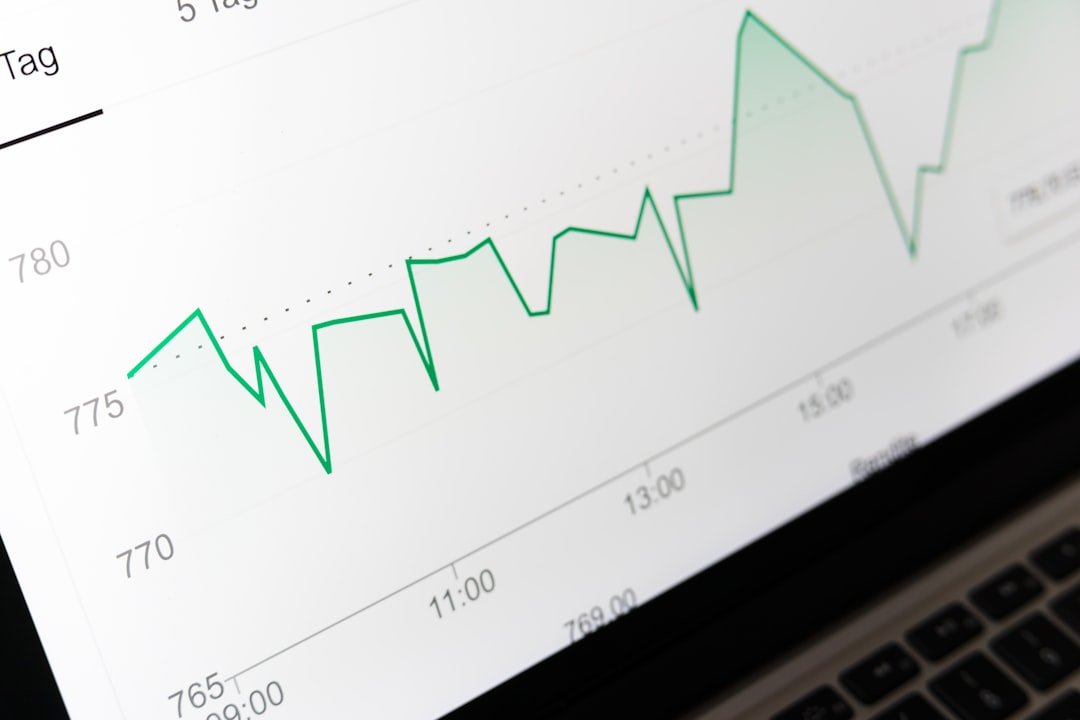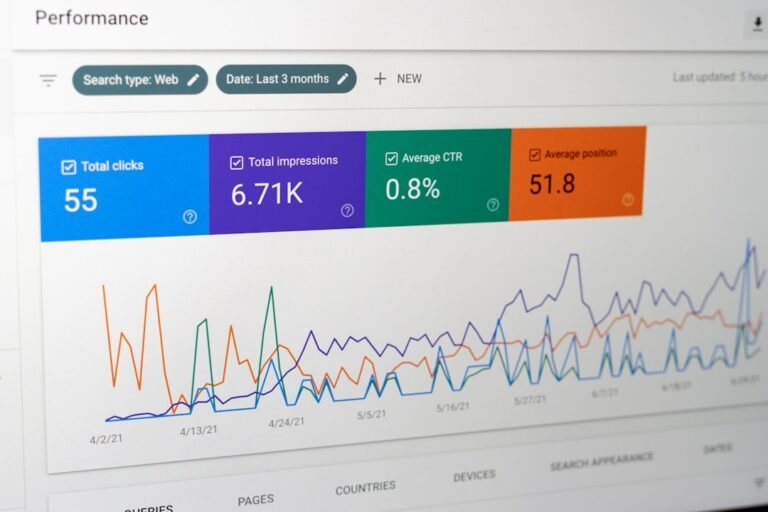conversion rate optimization tutorial
Are you tired of driving traffic to your website without seeing a significant increase in conversions? Do you want to maximize the return on investment (ROI) from your online marketing efforts? Conversion Rate Optimization (CRO) is the process of improving the percentage of website visitors who complete a desired action, such as filling out a form, making a purchase, or subscribing to a newsletter. In this conversion rate optimization tutorial, we’ll walk you through a step-by-step guide on how to optimize your website for better conversions.
What is Conversion Rate Optimization?
Conversion Rate Optimization (CRO) is a data-driven approach to improve the user experience and increase the percentage of website visitors who complete a desired action. It’s a continuous process that involves:
- Analyzing website data and user behavior
- Identifying areas for improvement
- Testing and implementing changes
- Measuring the impact of changes on conversion rates
Benefits of Conversion Rate Optimization
By optimizing your website for conversions, you can:
- Increase revenue and ROI
- Improve user experience and engagement
- Enhance brand credibility and trust
- Gain a competitive edge in your industry
Step 1: Setting Up Conversion Rate Optimization
Before you start optimizing your website, you need to set up a few essential tools and metrics:
**Google Analytics**:
A web analytics tool that helps you track website traffic, behavior, and conversions.
**Conversion tracking**:
Set up conversion tracking to measure the number of conversions and conversion rates.
**Key Performance Indicators (KPIs)**:
Identify the metrics that matter most to your business, such as conversion rates, revenue, and bounce rates.
Step 2: Analyzing Website Data and User Behavior
To optimize your website for conversions, you need to understand how users interact with your site:
**Heatmap and click-tracking tools**:
Use tools like Crazy Egg or Hotjar to visualize user behavior and identify areas of interest.
**User feedback and surveys**:
Collect feedback from users to understand their pain points and motivations.
**Analytics reports**:
Analyze website data to identify trends, patterns, and areas for improvement.
Step 3: Identifying Areas for Improvement
Based on your analysis, identify areas of your website that need improvement:
**High bounce rates**:
Pages with high bounce rates may indicate a poor user experience or irrelevant content.
**Low conversion rates**:
Pages with low conversion rates may indicate a weak call-to-action (CTA) or confusing navigation.
**Form and checkout optimization**:
Optimize forms and checkout processes to reduce friction and increase completions.
Step 4: Creating a Conversion Rate Optimization Plan
Develop a plan to address the areas you’ve identified for improvement:
**Hypothesis and test ideas**:
Create a hypothesis and test ideas to improve conversion rates.
**Prioritize tests**:
Prioritize tests based on potential impact, ease of implementation, and resources required.
**Create a testing schedule**:
Schedule tests and allocate resources to ensure a smooth testing process.
Step 5: Testing and Implementing Changes
Test and implement changes to your website:
**A/B testing**:
Test two or more versions of a page to determine which one performs better.
**Multivariate testing**:
Test multiple variables on a page to determine which combination performs best.
**Implement changes**:
Implement changes based on test results and iterate on your findings.
Step 6: Measuring and Analyzing Results
Measure and analyze the impact of changes on conversion rates:
**Track key metrics**:
Track key metrics, such as conversion rates, revenue, and bounce rates.
**Analyze test results**:
Analyze test results to determine which changes had a positive impact on conversion rates.
**Iterate and refine**:
Iterate and refine your CRO strategy based on test results and user feedback.
Conclusion
Conversion Rate Optimization is a continuous process that requires ongoing effort and dedication. By following this conversion rate optimization tutorial, you can improve the user experience, increase conversions, and maximize ROI. Remember to:
- Set up essential tools and metrics
- Analyze website data and user behavior
- Identify areas for improvement
- Create a CRO plan and test changes
- Measure and analyze results
Start optimizing your website for conversions today and watch your online marketing efforts pay off!
About Relvixis: Relvixis is a Canadian-based digital agency specializing in results-driven solutions for businesses looking to grow online.
We offer expert services in SEO optimization, web development, social media management, and marketing automation.
Our team blends creative strategy with technical precision to drive leads, enhance brand visibility, and accelerate digital performance.
To learn more or schedule a free consultation, visit
relvixis.com.







